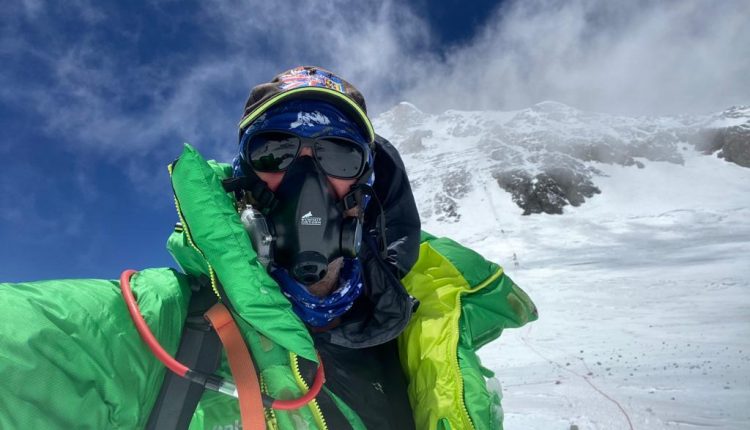‘My epic journey to the roof of the world’
Liam Hanlon is managing director of Knowsley property restoration specialist The Forshaw Group and, here, he tells how he took on his most extraordinary challenge yet – climbing Mount Everest
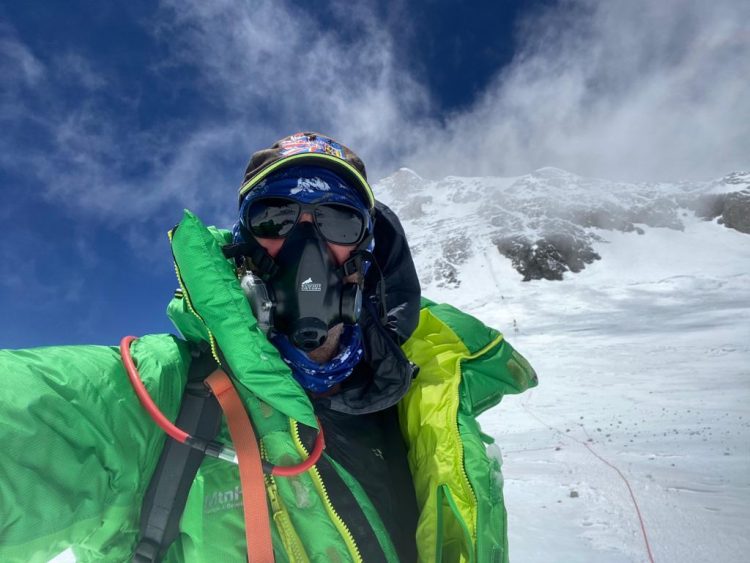
Life is full of challenges. Myself and my team at the Forshaw Group face the daily challenge of running a business in a time of economic turmoil.
We employ 100 people in Merseyside, Manchester and Wales. Forshaw is a firm of property restoration specialists. Working with insurance companies and loss adjusters, we renovate commercial and residential property damaged by fire or flood.
With energy and raw materials costs rising we have to carefully manage the business to make sure we are keeping people employed. And I am also aware of our responsibility to the wider community.
At Forshaw we run a training academy for our apprentices. We helped set up the Knowsley Apprenticeship Partnership. Skills are such a massive issue for us and businesses in lots of sectors.
I believe we all need to do much more to help young people start their careers. That helps us and it helps them. For the past five years we have been working with All Saints Catholic High School in Kirkby, offering apprenticeship opportunities.
We do lots of other things around Merseyside. Via the Armed Forces Covenant, we support ex and current service people. I was a Royal Marine reservist so it is something that means a lot to me. I also chair Wallasey Boxing Club which is doing amazing things for young people.
At Forshaw we are committed to our own green agenda as we look to decarbonise our business. Locally, I have volunteered to help clean up areas of Wirral. I was part of a 21-strong team that helped clean up Bidston Moss, a designated local nature reserve since 1994.
For the last 20 years I have been part of Tri-4-Life. We are a group of friends in Wirral who for the past few years have been taking on challenges all around the world. Our aim is to raise money for charities local, regionally, nationally and internationally.
Biggest challenge yet
They have tackled Iron Man triathlons and cycling from Lands End to John O’Groats. It is all about raising money for good causes and promoting a healthy lifestyle. And in 2018 we decided to tackle our biggest challenge yet – climbing Mount Everest.
For me, there is a real personal connection. I grew up in the same Birkenhead street as George Mallory. 100 years ago, in 1922, he took part in an expedition to climb Everest. They reached a record height of 8,225m – an incredible without the supplementary oxygen which is seen as essential today.
Famously, he died on Everest during a subsequent expedition in 1924. His body wasn’t discovered until 1999. Those efforts were awe-inspiring and, when I looked at a picture of Everest in a book when I was in school, I couldn’t imagine that I would one day follow in George’s footsteps.
It was 2018 when the idea first came about. I was talking to my teammate Phil Walton about an event called Peak and Pond. Their pledge is to do two things – swim the English Channel and climb to the 8,848-metre peak of Mount Everest.
At Tri-4-Life we had already done the Channel and so I thought ‘we are halfway there’. We got together for dinner and I mentioned it then, maybe just half joking. Afterwards, my phone went crazy – everyone was up for it.
Never having done anything like this before, we weren’t sure where to start. One of our group Simon Gee is a cameraman who had already filmed around Everest. He got in touch with an organisation called Adventure Peaks in Ambleside.
They agreed to help us if we pledged to undertake the challenge in an ethical way. You may have read about how crowded it can get on Everest and how many people come to harm. One of the reasons for that is that it is full of rich guys who haven’t prepared properly. They just pay sherpas to get them up there.
We wanted to do it properly. So we started small, doing regular hill walks around the UK. Then we tackled mountaineering courses on Ben Nevis, especially winter training. This would prove invaluable when we got to Everest.
Next was trips to the Alps to train in advanced Alpine mountaineering. Every weekend we would go out climbing somewhere or other. However, the group gradually got smaller. Not only is this a massive physical and mental commitment, it is also a costly one.
We did five weeks in the Himalayas, climbing to altitudes of 6,500 and 7,200 metres. By the time we were ready to take on Everest our group had shrunk to just four – myself, Phil Walton, Martin Pritchard-Howarth and Steve Hayes.
We decided to raise money for two NHS charities and also for an organisation called Community Action Nepal. It is a UK charity that works with some of the most remote communities in the Nepalese Himalaya, delivering life-changing education, healthcare, agriculture and livelihood programmes.
Sherpas grow up in these communities. Those guys are incredible and, without them, the challenge of climbing the mountain would be impossible. The charity was set up by Doug Scott, a pioneering mountaineer who died in December 2020.
Range of emotions
Our adventure to climb Everest began in March this year. It isn’t something you do in a day. In all, it took us eight weeks to complete the mission. Ahead of the climb, I experienced a range of emotions. I was excited by the drama of the challenge, and a little nervous too.
Despite all the training and preparation, I’m not sure anything or anyone can prepare you for what comes next. It pushes you to your limits physically, mentally and emotionally. You are climbing Everest itself and you have to climb a mountain in your own head. It is an incredible and unique experience.
When you step off the plane in Nepal you are saying goodbye to any kind of creature comforts for the next eight weeks. Just getting to basecamp is a 10-day hike. You then face two acclimatisation climbs, going up at night and in the dark.
By the time we have returned to base camp we are already knackered. We spent a couple of days there and I would look up at the mountain and feel the fear. I decided I would not even think too much about reaching the peak but just take on the challenge one small bit at a time.
Before the climb there is a lot of down time. You can be in your sleeping bag in your tent for 16 hours in one go. It is mind-bending. The cold is unbelievable and you start thinking about all the things we take for granted in our normal everyday lives.
You don’t tackle the summit in one go. There is a climb up to certain points and then you come back down again to sleep. It is vital to get your body used to the altitude. We eventually set out at 10pm for a 12-hour, 1,000 metre climb for the summit.
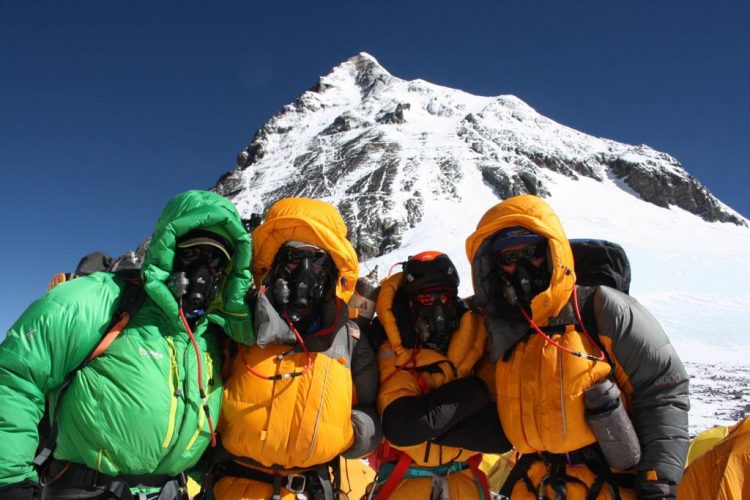
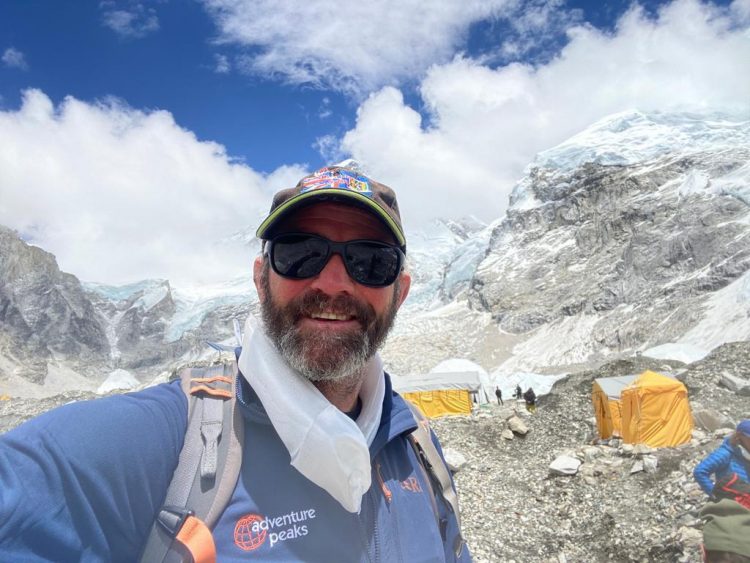
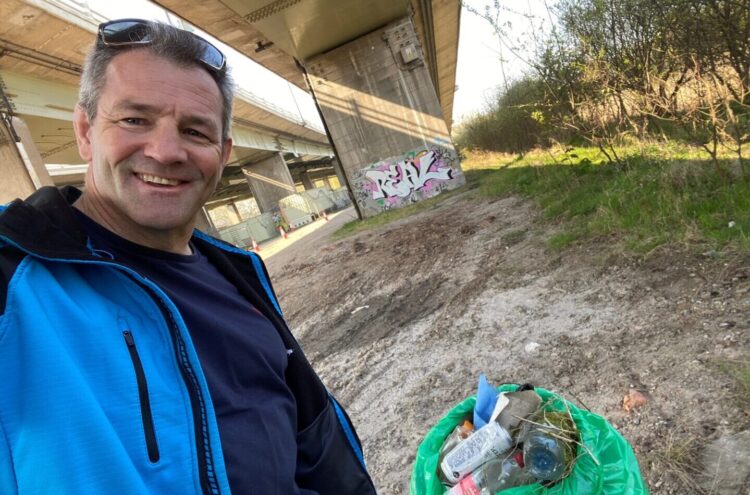
It is steep, slow and very very cold. You have to have regular refreshes of your oxygen. One of our group, Martin Pritchard-Howarth, who is a really fit lad, suffered multiple pulmonary edema. That is where blood clots form in the lungs. He had to be airlifted off and spent two weeks in intensive care. Thankfully, he is now recovering.
There are various points on the way to the summit that you have to reach within a certain amount of time. If you don’t, you have to turn back. We got to the south summit just as the sun came up and I could see a queue of people ahead of me.
I started to worry that we would be held up and not make it to the peak before we would be forced to turn back. The weather had turned a little which wasn’t helping. Then these two American lads came up and they were moving really quickly. I made a split-second decision to leave my group and go with them.
Exhausted beyond belief
Finally, on Thursday, May 12, I reached the summit of Everest. I would like to say I was clear-headed but by the time you get there you are exhausted beyond belief. The shortage of oxygen creates a sensation that is almost like being drunk.
When I set out to come down I got into a bit of a panic that I would run out of oxygen. Luckily, I ran into my sherpa, Fu Rinzee Sherpa, who replenished my supply. My memories of those hours are almost like a dream.
And it was quite sobering and poignant to see the bodies of people on the mountain from previous years who had not survived the effort. It is also frustrating to see so many of those people up there who had not prepared at all. They make it more dangerous for everyone.
This was the culmination of four years of my life. And I could not have achieved it without the help of so many people. There were so many low points. The camaraderie with the other lads was incredible, as was the support of so many family and friends back home via social media. I am also indebted to the sherpas whose hands we placed our lives in.
For me it has been a great personal achievement. We got a call from Chris Bonington, another famous UK mountaineer. He wished us luck on our expedition and said he was proud of us for supporting Community Action Nepal. That meant so much to us.
So far we have raised around £15,000 for the charities. Our efforts are counting and we hope to get that to around £20,000.
As I said at the beginning, life is full of challenges. There are the day to day ones and there is the climbing the highest mountain in the world at the age of 54. I want to get the message out there that we are all capable much more than we sometimes believe.

